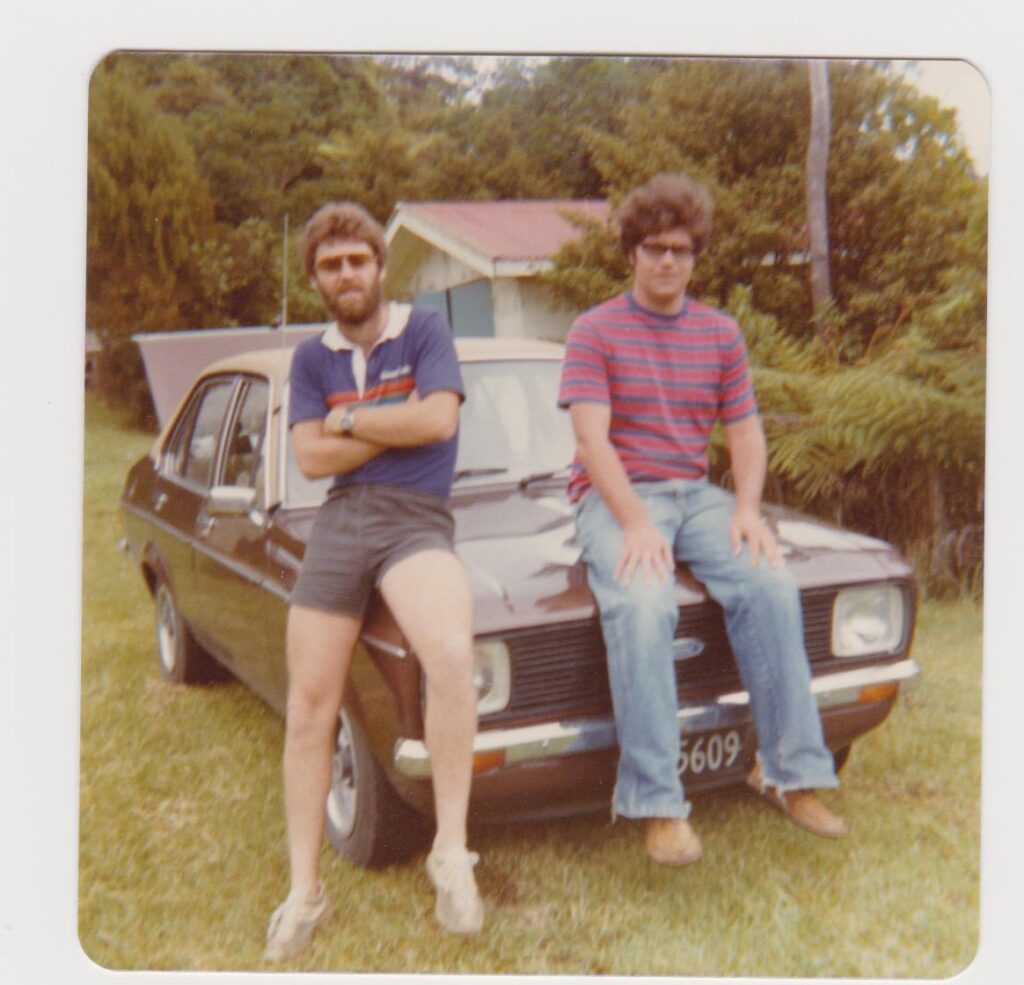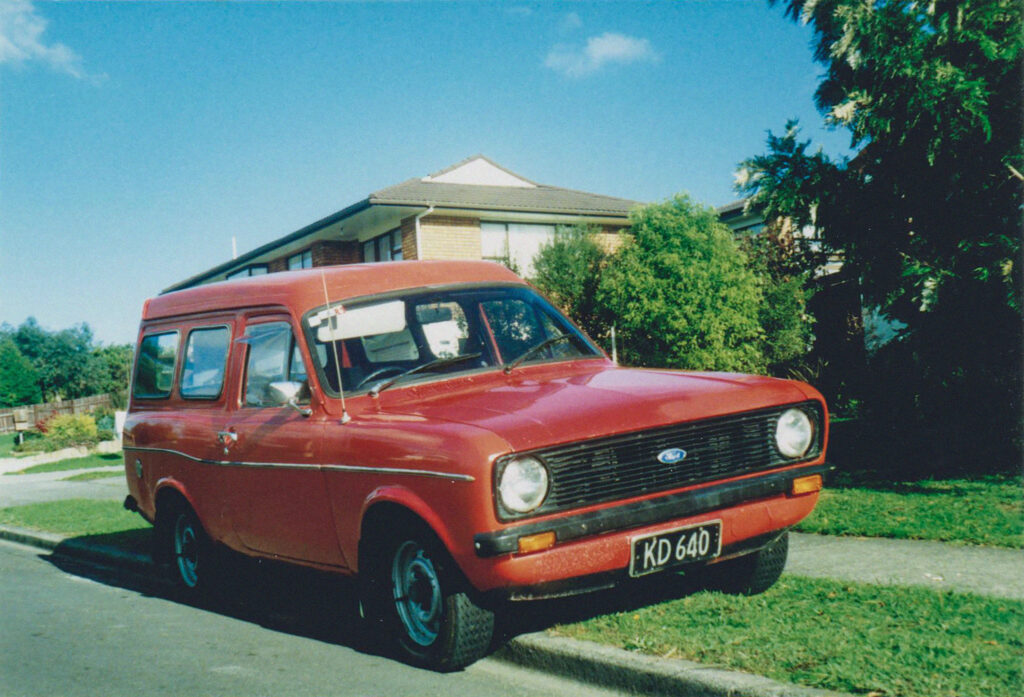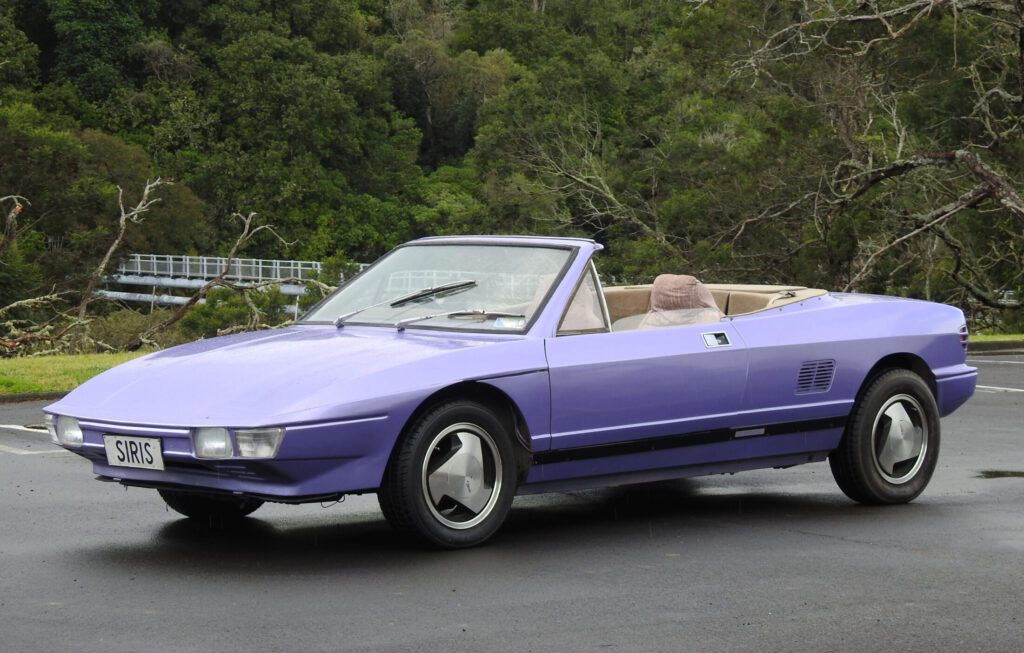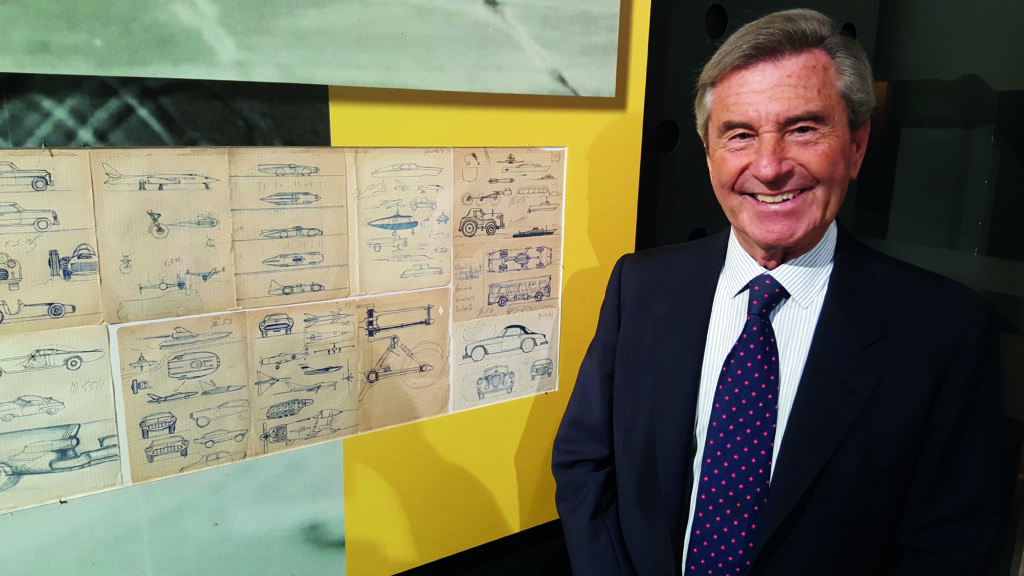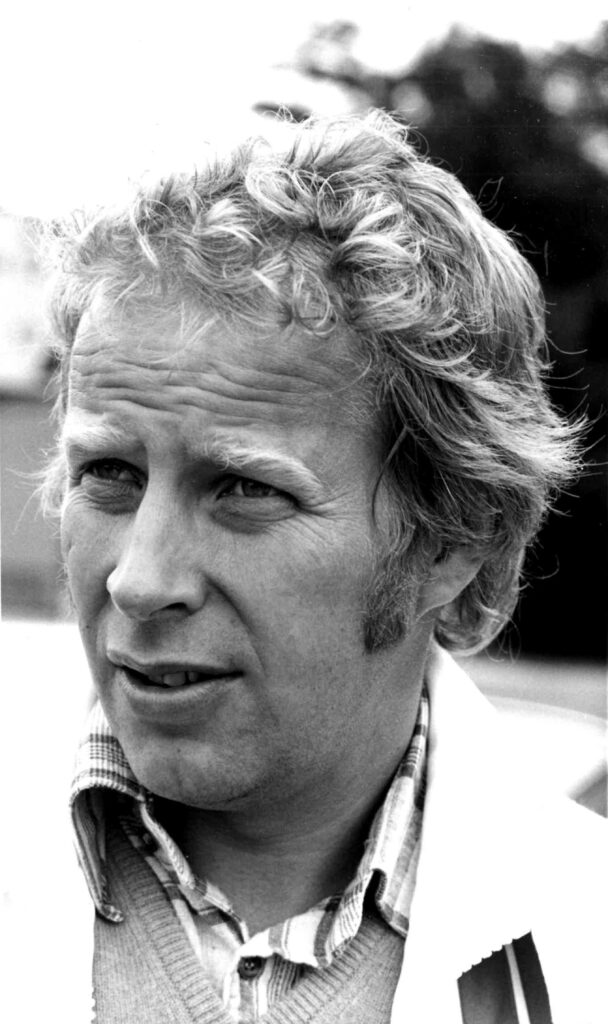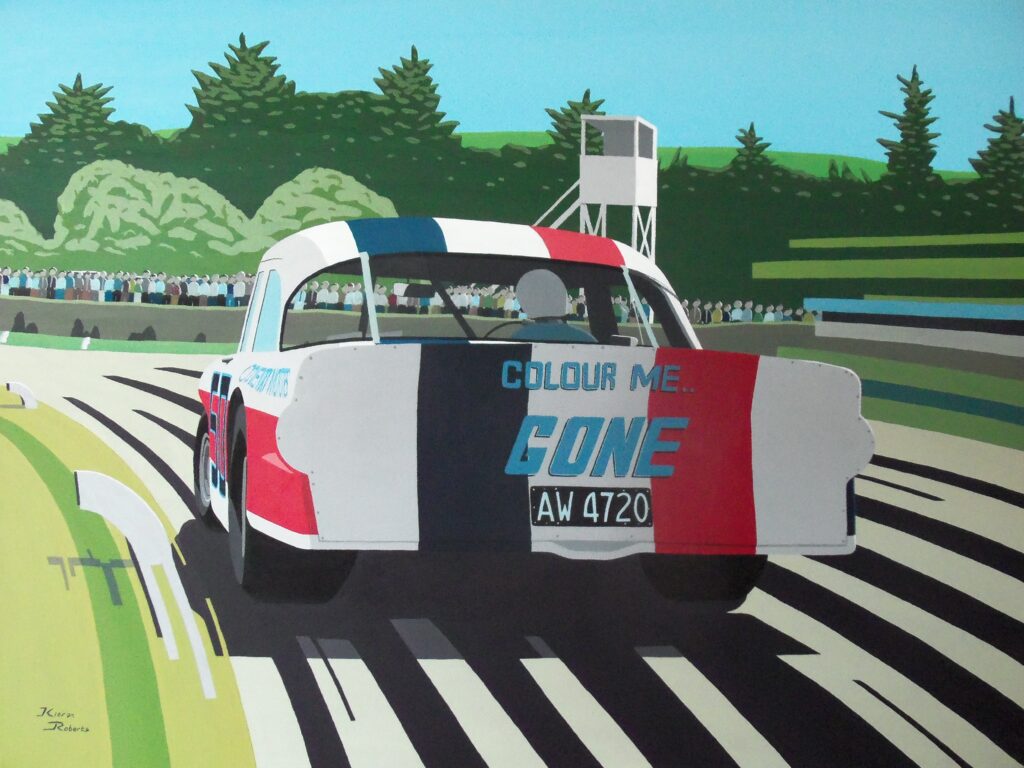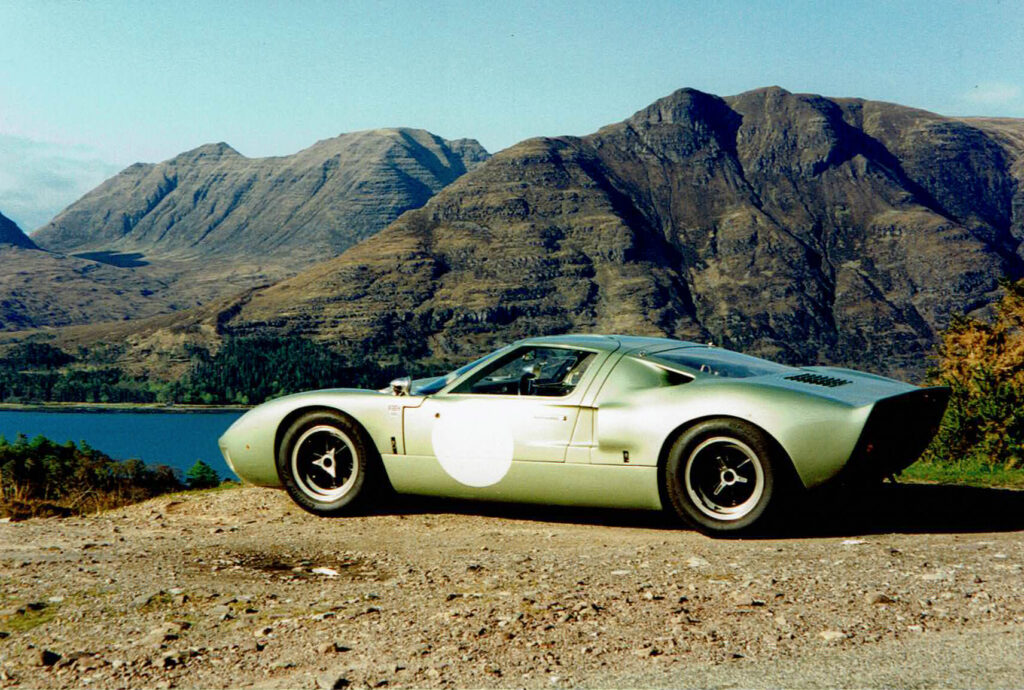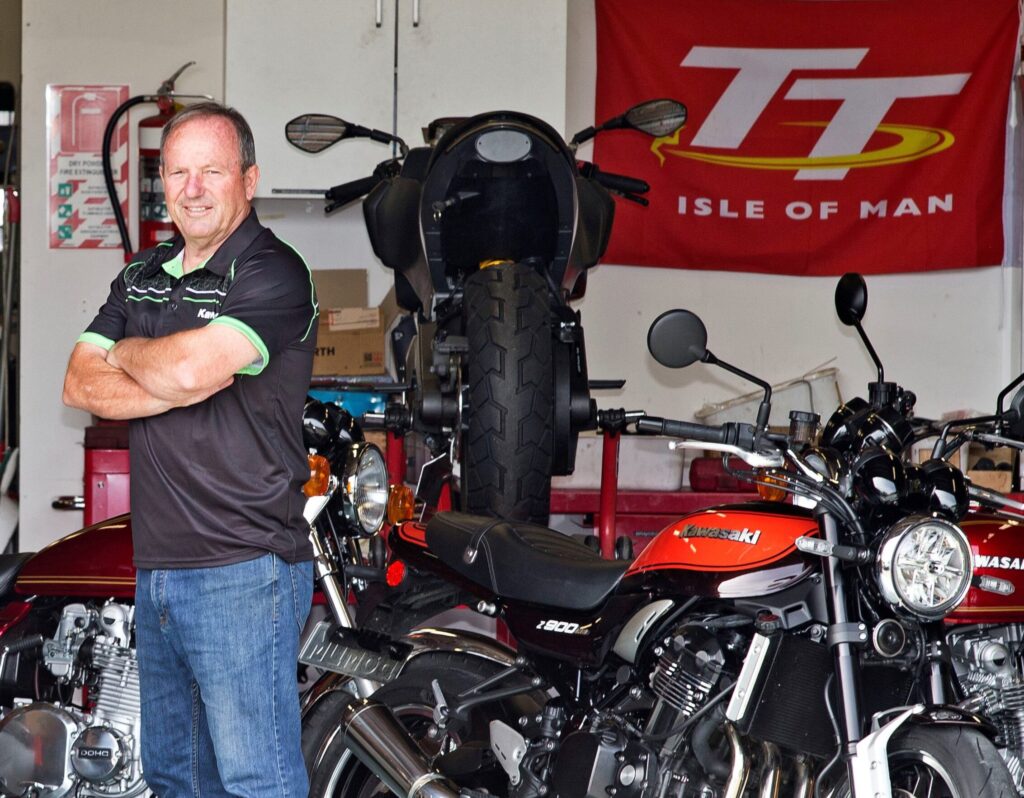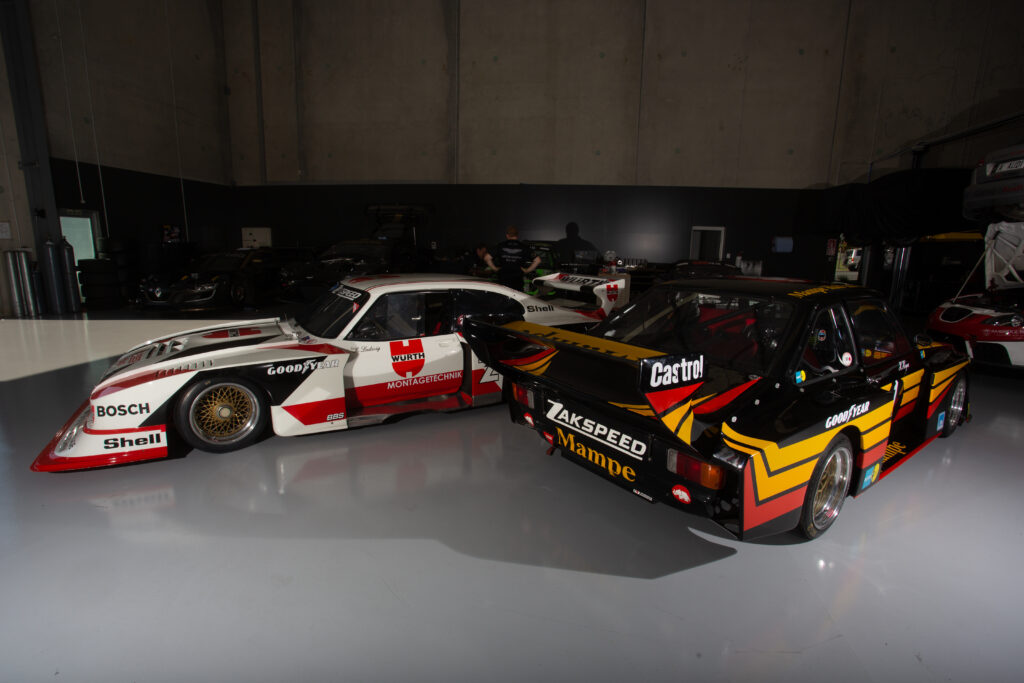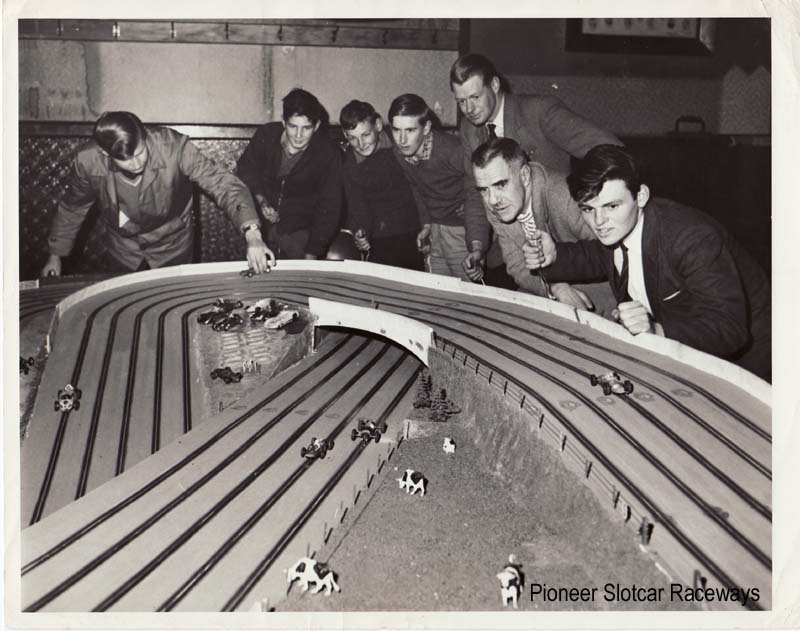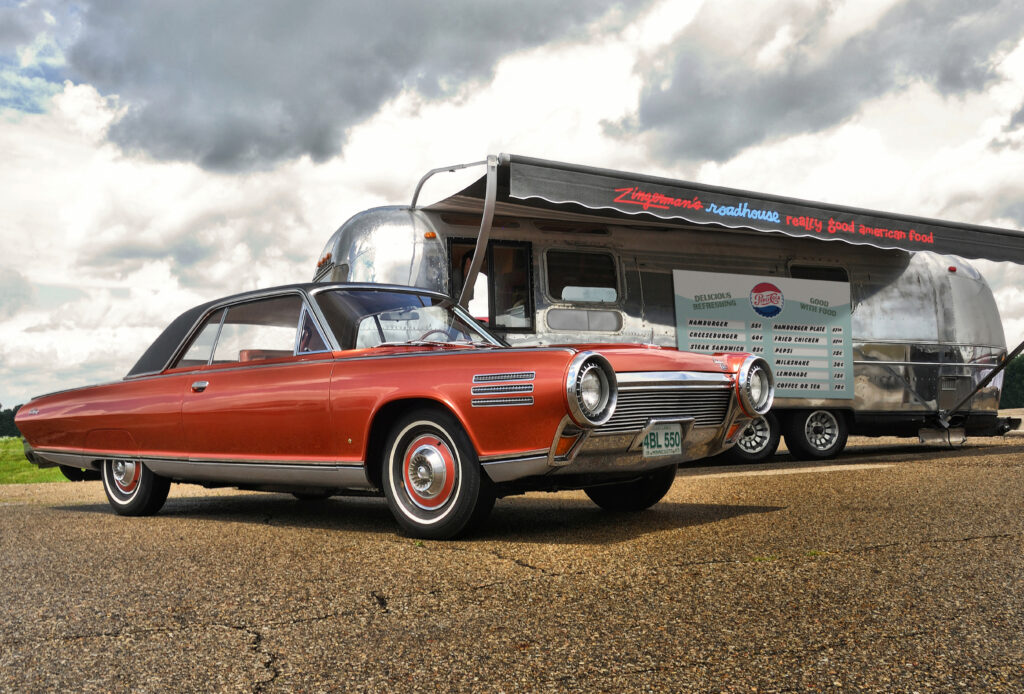
The Bronze Blowtorch — Chrysler’s ill-fated turbine car programme
Chrysler’s Ghia-bodied Turbine Car, in its distinctive Turbine Bronze paint and black vinyl top, was a head-turner even before it fired up. To many, its exterior design language echoed that of Ford’s Thunderbird. This should come as no surprise given that both were guided by Elwood P Engel, who had moved from Dearborn to Highland Park in 1961 after having designed the 1961–1963 third-generation T-bird. It’s engine, however, was something else altogether.
On 15 May 1962, Chrysler announced the limited production build of 55 gas turbine-powered cars. The cars would be lent to 203 drivers for three-month test drives over a period spanning more than two years. Only 46 cars actually went to the general public. Five were prototypes, two were held by Chrysler for marketing and dealer programmes while two were stars of the Chrysler pavilion at the 1964–65 New York World’s Fair.

